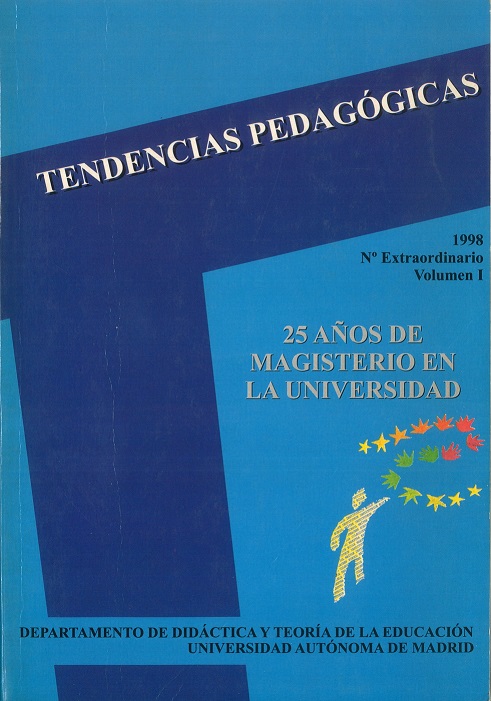Resumen
Tendencias pedagógicas
Descargas
Citas
AMABILE, T.M. (1983) The social psychology of creativity. Nueva York: SpringerVerlag.
AMABILE, T.M. (1990) Whitin you, whithout you. The social psychology of creativity and beyound. En RUNCO M.A. y ALBERT, R, Theories of creativity
CSIKSZENTMIHALYI, M. (1988) Optimal experience Nueva York: Cambridge University Press.
FREUD, S. (1910) Un recuerdo infantil de Leonardo da Vinci. Madrid. Biblioteca Nueva. (Original publicado en 1910)
GARDNER, H. (1995) Mentes creativas. Barcelona: Paidos,
GEDO, M. (1987) Psychoanalytic perspectives in ett, Hillsdale: Analytic Press.
GORDON, W.]. (1961) Synectics: the development ofcreative capacity. Nueva York: Harper and Row.
HAYES,J.R. (1981) The complete problem solver. Filadelfia: Franklin Institute Press.
GUILFORD, J. Y HOEPFNER,R, (1971) The analysis of intelligence, Nueva York: McGraw-Hill.
KRIS, E y KURZ, o. (1982) La leyenda del artista. Madrid: Cátedra.
MASLOW, A. (1973) El hombre autorrealizado. Barcelona: Kairos.
ROGERS, C.R. (1959) Toward a theory of creativity. En ANDERSON, H,H, (Comp.) Creativity and its cultivetion. Nueva York: Harper and Row.
ROMO, M. (1986) "Independencia de campo y pensamiento divergente". Revista de Psicologia General y Aplicada. 41. pp. 921-32.
ROMO, M. (1997) Psicologla de la creatividad. Barcelona: Paidós,
STERNBERG, R.J. (1997) La creatividad en una cultura conformista. Barcelona: Paidos.
TORRANCE, E.P. (1974) Torrance tests of creative thinking, Lexington: Mass, Personnel Press.
